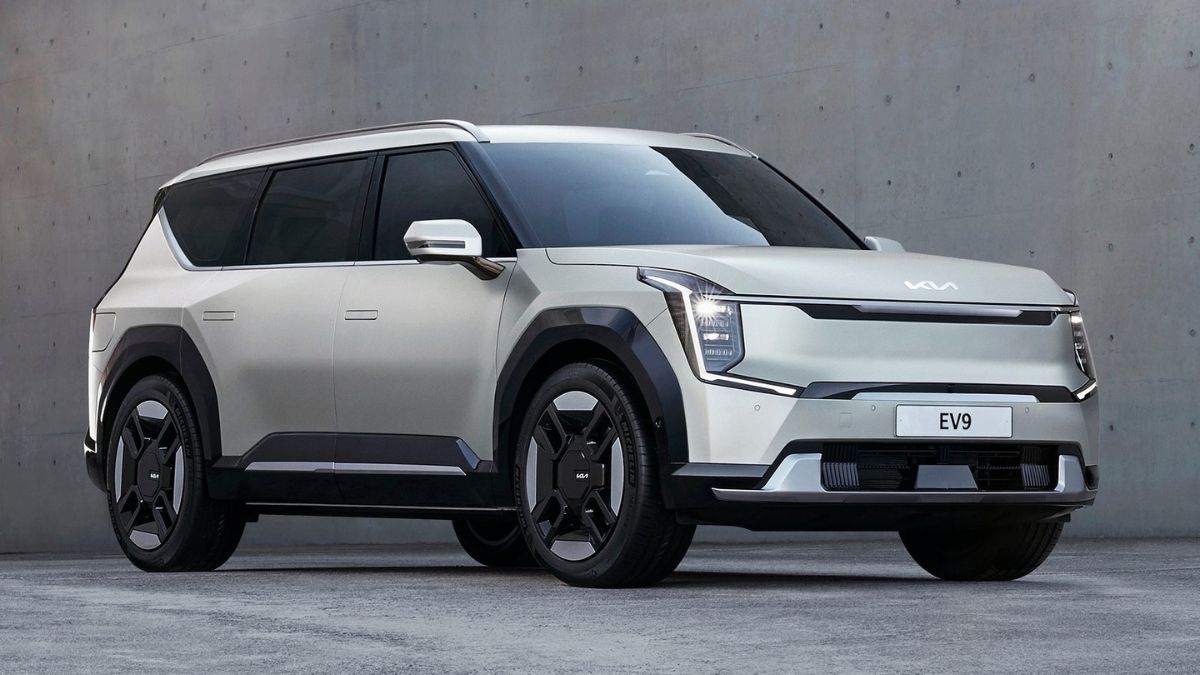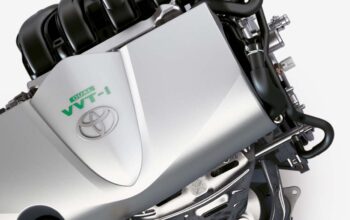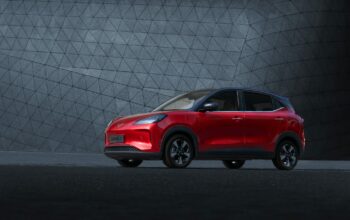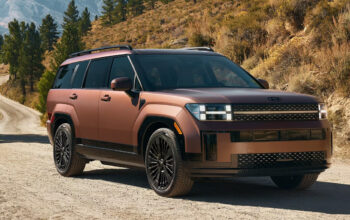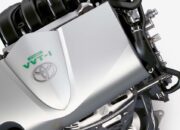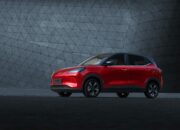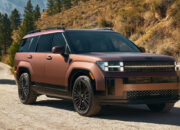Uzone.id – More models of electric cars can now be found, but as to the trend, more giant models are produced. The number of electric car models is nearing 600 with two-thirds of these belonging to the large cars and SUVs sub-sector.
Electric car models on the roads will rise to nearly 590 by 2023 as automotive manufacturers continue to strive to electrify models annually with an increase of 15% as they seek to tap into the increasing market.
On the other hand, the number of ICE car models reduced in the subsequent four years, with an average reduction of 2% with the exclusion of hybrid cars. According to OEMs’ latest releases, the total of new electric car models could reach one thousand by 2028.
If all the newly proclaimed electric models are to arrive, and if the number of available ICE car models keeps shrinking by 2 percent a year, there will be likely an equal number of fast-charging electric cars as there are ICE car models before 2030.
As reported in GEVO-2023, the share of small and medium electric car models is decreasing among available electric models: By 2023, 66 percent of battery electric vehicles sold will be SUVs, a pickup truck, or large cars.
Small and medium battery-powered electric car sales in the United States amount to a quarter of all battery-powered electric car sales while in Europe and China, it is 40% and 50% respectively.
Electric vehicles are also similar to conventional vehicles with regards to their size, and as with conventional vehicles, electric vehicles are also trending larger. Thus by 2023 ICE cars to be sold globally, 65% of total car sales will be SUVs, pickup trucks & large models, above 80% in the United States, 60% in China, and 50% in European countries.
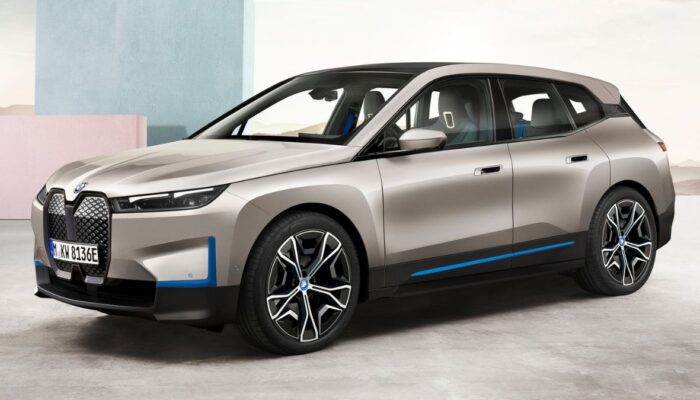
Following are the reasons that ACPI has identified for the rise in the proportion of large models: Starting from the beginning of the 2010s, conventional rather than small SUVs in the United States still enjoy regimes on tailpipe emissions not too much stricter than for small cars, thus providing stimuli for manufacturers to offer more cars in the segment.
Likewise, the current CO2 standards for passenger cars as applied in the European Union entail a conditionality on weight which is in some ways a give-and-take element concerning the possible CO2 allowances concerning the heavier vehicles. In addition, as it has also indicated, larger vehicles equate to margins larger for automobile makers.
Since most of the legacy car makers have not been profitable with EVs in most cases, this way they can at least improve their margins by focusing on the larger size models.
In the case of the electric SUVs, they can qualify for a tax incentive under the US IRA so long as the price does not exceed USD 80,000, whereas for sedans, they are USD 55,000 hence making it possible for manufacturers to promote SUVs if they can be able to recover higher premiums.
On the demand side, there is a high readiness to pay for SUVs or large models. The first car tends to be bigger and with larger traveling distance, but the models used for city driving are smaller.
The gradual transition to ICE SUVs has been rather dramatic reduce fuel savings. Without a transition into SUVs by the year 2022, energy usage per kilometer could decline with an average annual rate that is 30 percent higher than the realized level over the period 2010-2022.
Hence, the conversion of SUVs and larger cars to electricity can help to realize almost immediate and real, and substantial cuts in CO2 emissions and electrification also stand to gain more on other impacts of the vehicles in terms of air and non-exhaust emissions mainly within urban centers.
Based on this it was estimated that if all ICE and HEV SUV sales through 2023 were to consist of BEVs, about 770 Mt CO 2 could be saved globally over the life span of a car as shown in section 10 on life cycle analysis. This is approximately equal to China’s total road emissions in 2023.
However, policy-wise it is very crucial to minimize the adverse effects that are likely to be associated with the increased scale of large electric cars in the fleet.
Specifically, larger electric car models make a difference to the battery supply chain and are essential in APT minerals demand. In 2023, the average battery-only electric SUV sold in Europe will have a battery pack that is almost twice the size of the average battery pack of a small BEV, and thus, the proportionally corresponding demand for critical minerals.
Of course, the supply chain of small cars often has less variety in comparison with that of SUVs and large cars (for range, see the next section). Nonetheless, if one compares electric SUVs and mid-sized electric cars of the same range in 2023, the former’s battery pack remains 25 percent larger.
Before going further let me explain the above wording, which suggests that in 2023 if all-electric SUVs were mid-sized cars about 60 GWh of battery equivalent could be saved internationally, with a marginal effect on range.
Based on the chemicals used in China, Europe, and the United States it would be equivalent to almost 6000 tons of Lithium, 30000 tons of Nickel, almost 7000 tons of Cobalt, and more than 8000 tons of Manganese.
Larger batteries also need more charge power or more time is taken to charge the said battery. This can impose pressure on the power grid and charger occupancy since it highly raises occupancy in periods that might prove challenging such as, at highway charging points at certain hours of the day.
Additionally, larger vehicles also require more materials such as iron and steel, aluminum and plastic, with a higher carbon and environmental footprint for the production, processing, and assembly of the materials.

